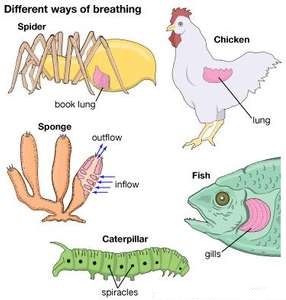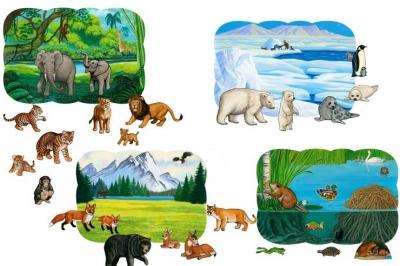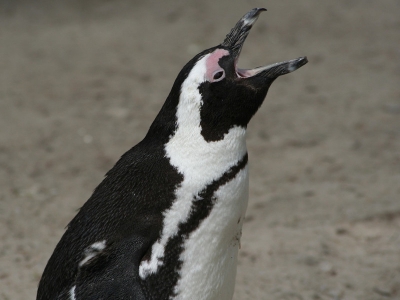
Many animals are able to send messages to each other. This is called communication. They may use their body to communicate. Monkeys, like this mandrill, can scream a warning, while many birds have their own special song. Some animals, such as beetles, use chemicals scents to send a message. Many animals communicate by smell: they release pheromones (airborne chemicals) to send messages to others. Pheromones play an important part in reproduction and other social behavior. They are used by many animals, including insects, wolves, deer, and even humans!
Bees dance when they have found nectar. The scout bee will dance in the hive, and the dance directs other bees to the location of the nectar. Chimpanzees greet each other by touching hands. Male fiddler crabs wave their giant claw to attract female fiddler crabs. White-tailed deer show alarm by flicking up their tails. Dogs stretch their front legs out in front of them and lower their bodies when they want to play. Elephants show affection by entwining their trunks. Giraffes press their necks together when they are attracted to each other. Gorillas stick out their tongues to show anger. Horses rub noses as a sign of affection.
Picture Credit : Google

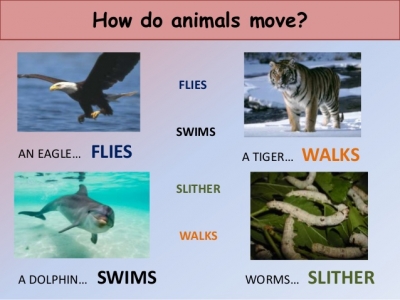
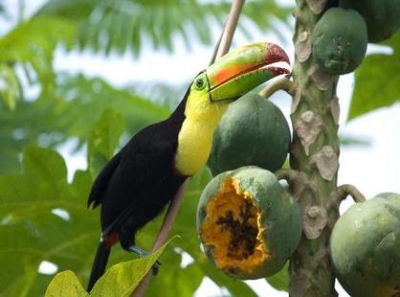 Animals get their energy from food. Many are carnivores, which means they eat meat. Others are herbivores, called omnivores, eat both animals and plants. Some animals, including some worms, insects, lampreys and the vampire bat, feed on blood. A few animals eat a wide range of both plant and animal food: they are omnivores. Finally, detrivores, such as dung beetles and crabs, eat dead or rotting food and wastes. Animals don’t only need protein and energy, they also need vitamins and minerals. Farmers can buy vitamin and mineral mixes that can be supplemented into an animal’s daily ration. Vitamins and minerals can also be feed as a solid block that the animals will lick while out grazing.
Animals get their energy from food. Many are carnivores, which means they eat meat. Others are herbivores, called omnivores, eat both animals and plants. Some animals, including some worms, insects, lampreys and the vampire bat, feed on blood. A few animals eat a wide range of both plant and animal food: they are omnivores. Finally, detrivores, such as dung beetles and crabs, eat dead or rotting food and wastes. Animals don’t only need protein and energy, they also need vitamins and minerals. Farmers can buy vitamin and mineral mixes that can be supplemented into an animal’s daily ration. Vitamins and minerals can also be feed as a solid block that the animals will lick while out grazing.